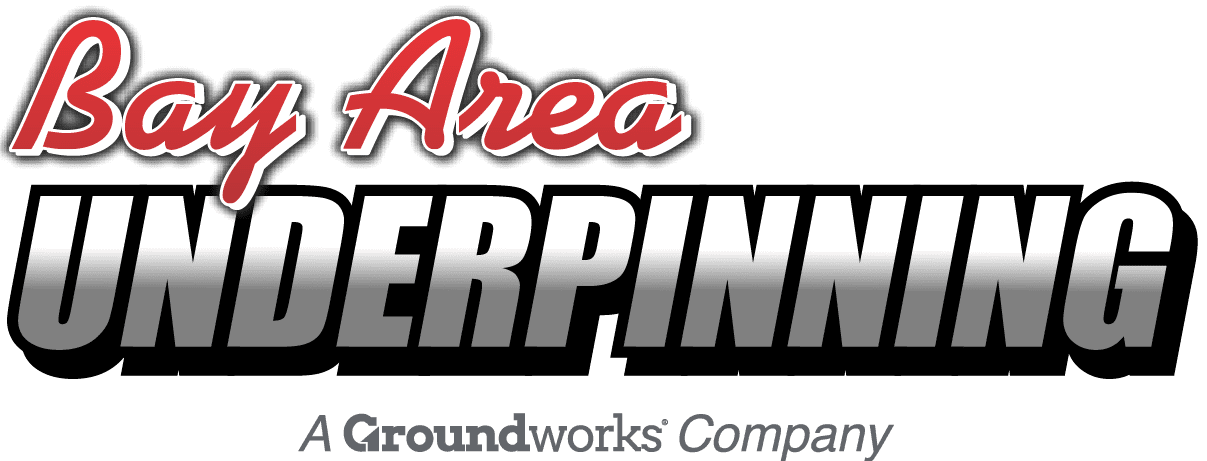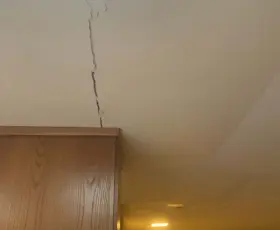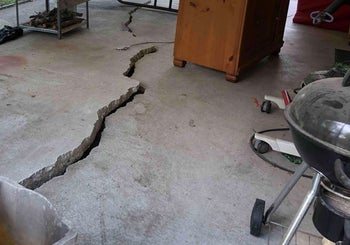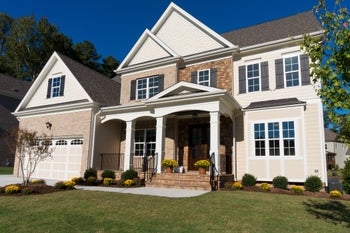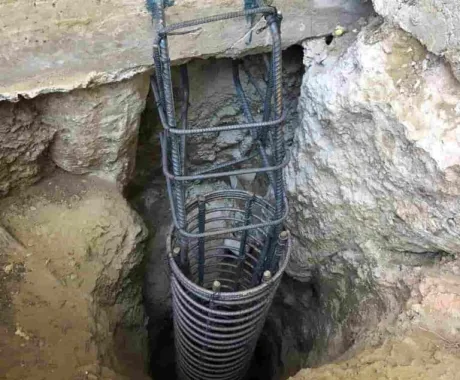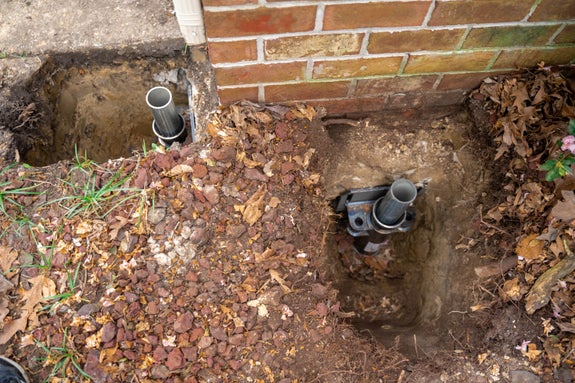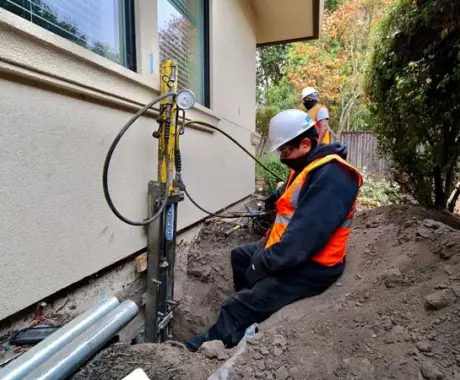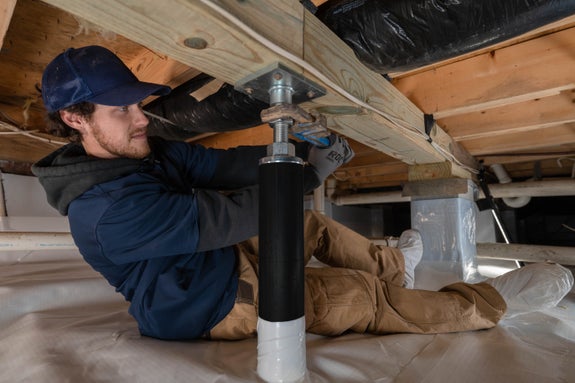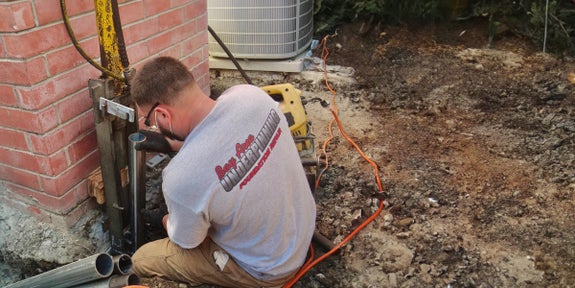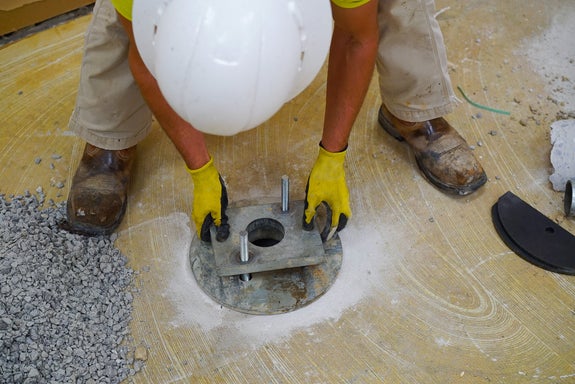Helical Piers
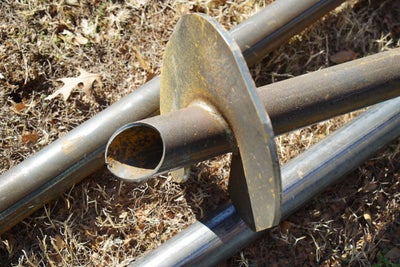
Your home is only as good as the foundation it rests on. When your foundation is compromised, instability follows, posing a danger for you and your loved ones that demands skilled intervention.
Helical piers are a reliable method used to reinforce and repair damaged foundations. If you’re noticing foundation problems or structural concerns in your home, helical piers are crucial for restoring stability and preventing further damage.
Bay Area Underpinning is a leader in foundation repair, offering helical pier installation for homeowners throughout Northern California. We are committed to professional service, guiding you through each step of the foundation repair process. This page provides detailed information on how helical piers can protect your home and investment.
What Are Helical Piers?
Also known as helical piles or screw piles, helical piers are structural supports engineered to transfer your home’s weight from unstable surface soil to firmer, load-bearing ground further below. They are one of the best solutions to issues such as foundation settlement.
Helical piers are steel shafts with helical screws attached to their ends, allowing them to be twisted into the ground (much like a screw) to provide a secure base for your home.
Designed for durability, the helical piers installed using advanced hydraulic equipment are made to maintain your foundation’s integrity well into the future.
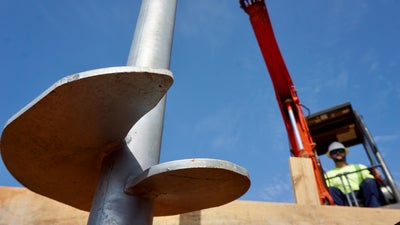
Signs You Need Helical Piers
Helical piers should be considered when your residence displays common signs of foundation failure:
- Cracks in the foundation
- Leaning or fractured chimney
- Doors and windows that stick
- Uneven floors
- Floor cracks
It is crucial to respond to these symptoms immediately to prevent worsening conditions and increasing repair costs. Turn to a trusted foundation repair provider like Bay Area Underpinning to limit further damage.
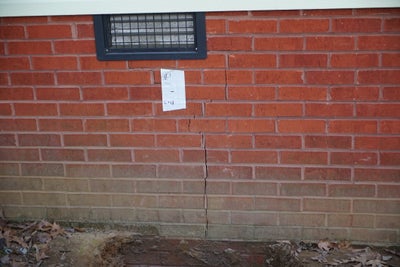


Are Helical Piers Necessary?
If you’re experiencing any foundation damage in your home, helical piers will help immensely. Ignoring foundation problems can escalate into more severe issues, including harmful mold, and result in higher repair fees.
We recommend taking proactive measures by reinforcing your foundation with helical piers. This action safeguards your home and reduces the risk of significant future expenditures. Keep in mind, depending on your property or the type of damage, we might use another type of foundation pier such as push piers or slab piers.
Our team carefully assesses the complete range of problems due to foundation settlement, formulating a comprehensive plan to strengthen your home’s structure.
What Are the Benefits of Helical Piers?
Our foundation pier systems are renowned for their exceptional strength and longevity. If helical piers are right for your home, they come with considerable advantages:
- Permanent Support: Helical piers offer lasting stability.
- Immediate Stabilization: Our qualified crew can stop further damage at once upon installation.
- Potential Elevation: Helical piers can potentially return your foundation to its original position.
- Durability: We back our piers with a lifetime warranty, giving you assurance.
- Expertise: Bay Area Underpinning guarantees industry-leading installation services, backed by customer reviews.
- Integrated Home Solutions: Our helical piers are part of our extensive home repair services, including waterproofing or crawl space fixes.
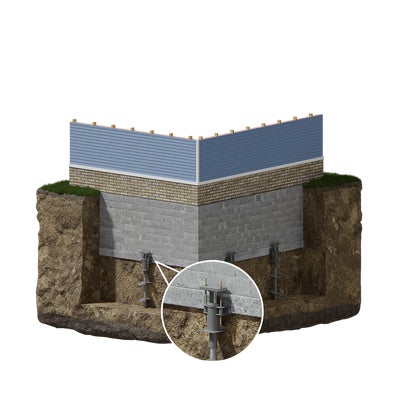


How We Install Helical Piers
1. Site Analysis
Our experienced professionals conduct a free, thorough inspection to gauge the severity of foundation troubles and determine optimal pier placement.
2. Ground Excavation
The next step after inspection is to begin installation. We start by digging out soil at the targeted spots to access the foundation footer.
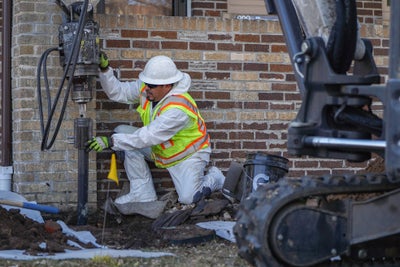


3. Install Piers
Once prepared, we use hydraulic machinery to drive the piers into the ground, while carefully monitoring the torque to ensure correct installation.
4. Secure Bracket
After achieving the necessary depth, a sturdy steel bracket is attached to the footer. The pier is capped, transferring the weight of the structure to these new supports.
5. Lifting Procedure
We may utilize hydraulic jacks to attempt raising any sunken areas of the structure back to their proper elevation.
6. Site Restoration
We fill back the dug-out areas and clear any debris after installation, leaving your premises neat, with small indicators placed for monitoring future stability.
Why Our Helical Piers Are the Best Choice for Your Home
- Adaptability: Ideal for new constructions as well as repairs on existing homes.
- Speedy Installation: Our team ensures a swift and professional installation process.
- Load Support: Strategically placed to ensure optimal structural support.
- Environmentally Safe: Limited disturbance to the landscape and minimal excavation needed.
- Year-Round Implementation: Our installation services are available throughout the year, weather conditions permitting.
Contact Bay Area Underpinning for Helical Piers Today!
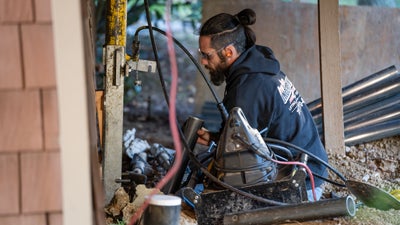


You and your loved ones deserve to feel comfortable in your own home. Our helical piers make that possible, and our commitment to quality service is the priority on every job.
Get in touch with Bay Area Underpinning today for a complimentary inspection and estimate. Don’t compromise the safety of your home by delaying foundation repairs, act now!
More Resources
Publish Date:
Last Modified Date:
Explore more solutions
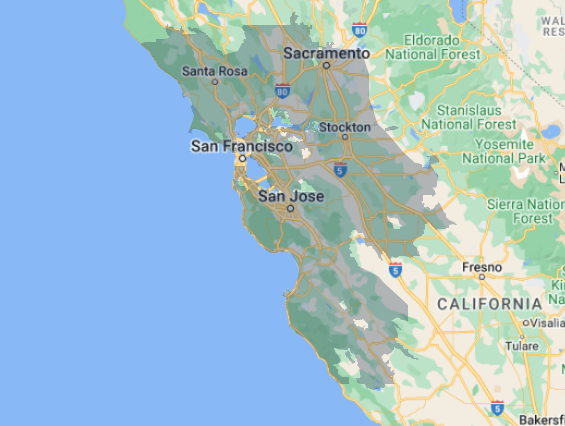
Our Locations
2333 Courage Dr. Suite C
Fairfield, CA 94533
1161 N Fair Oaks Ave
Sunnyvale, CA 94089
